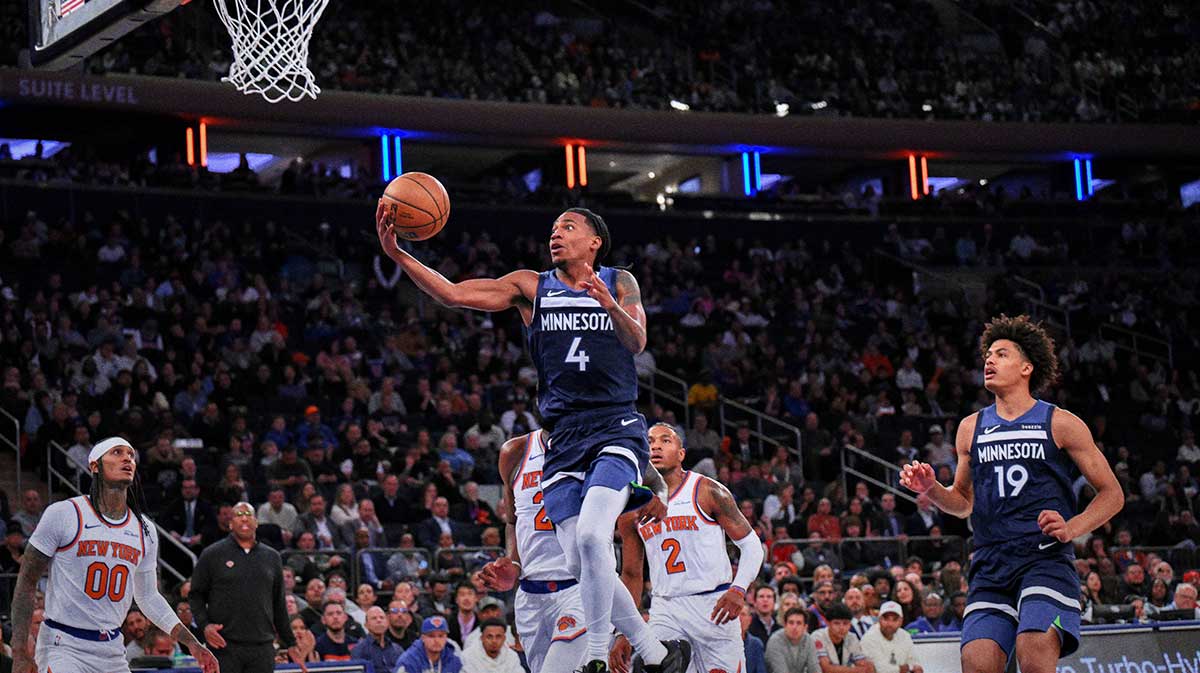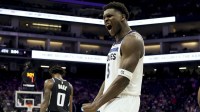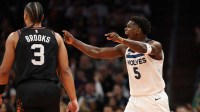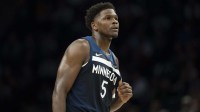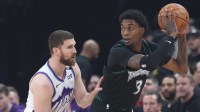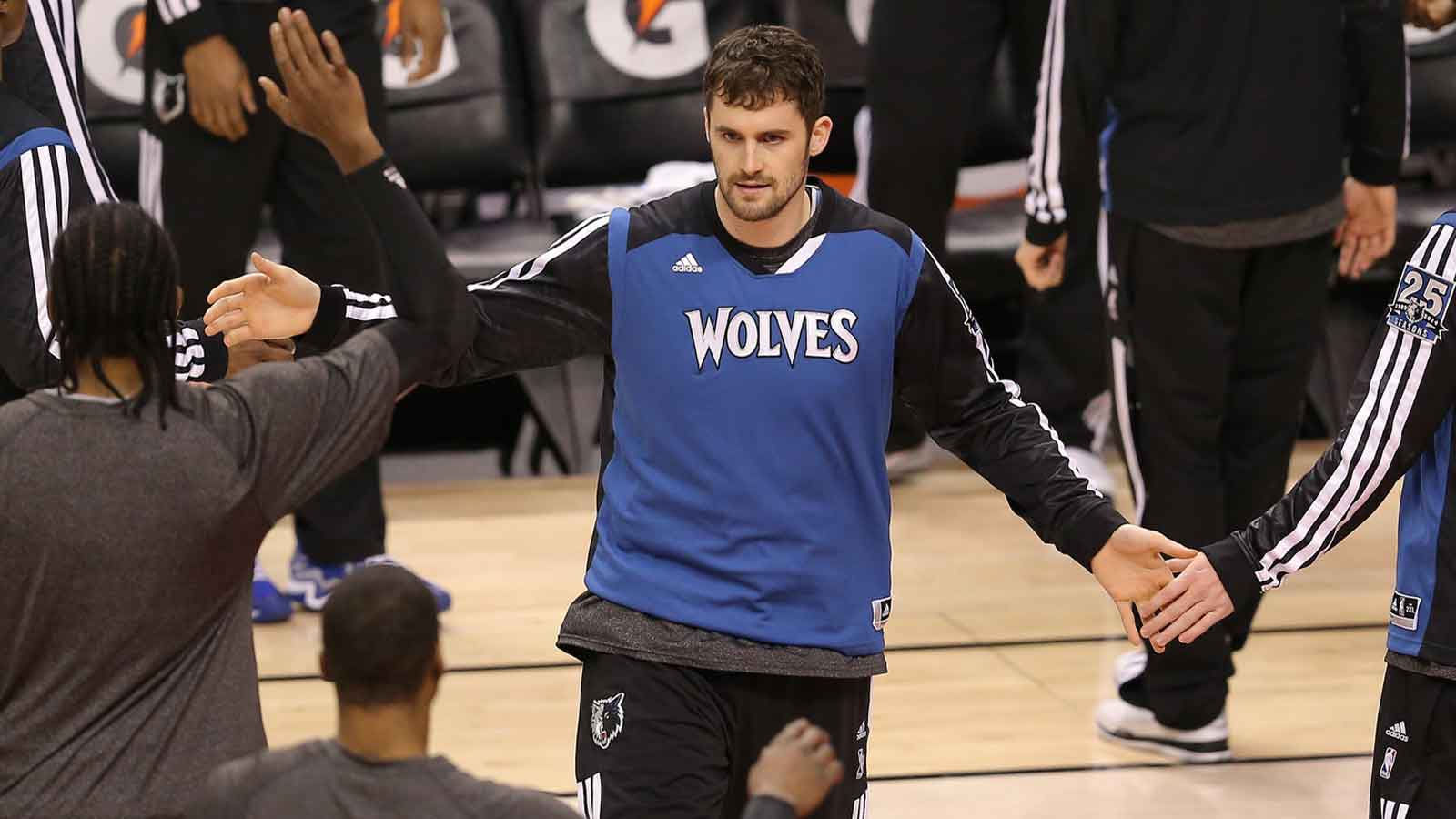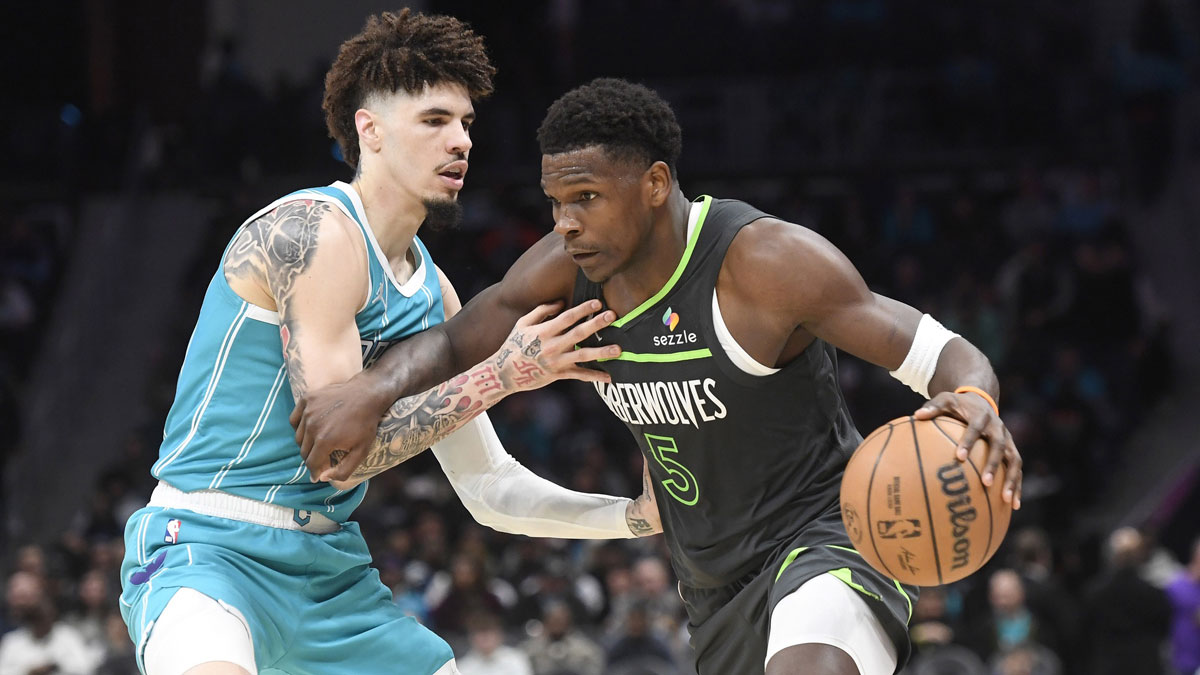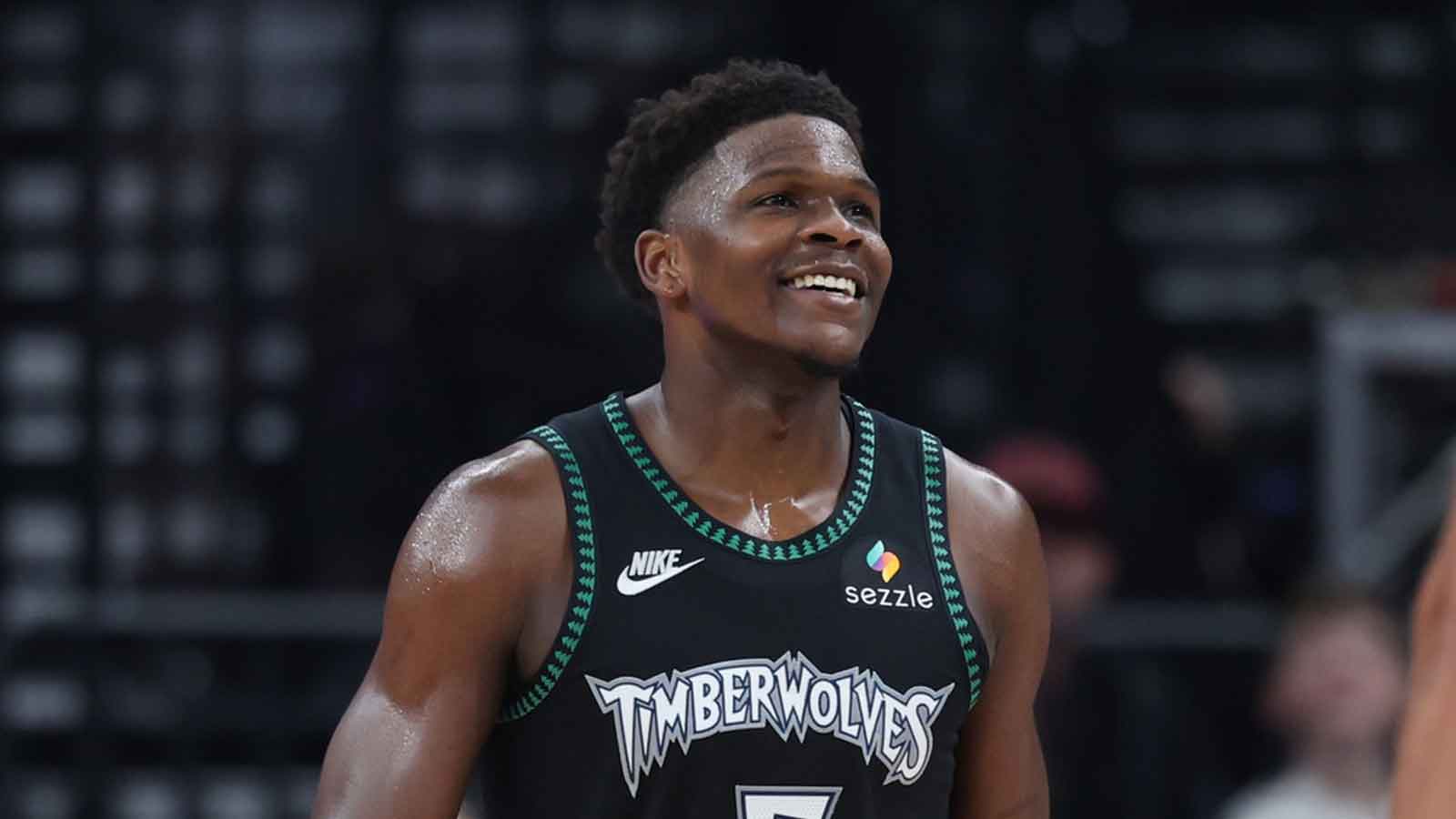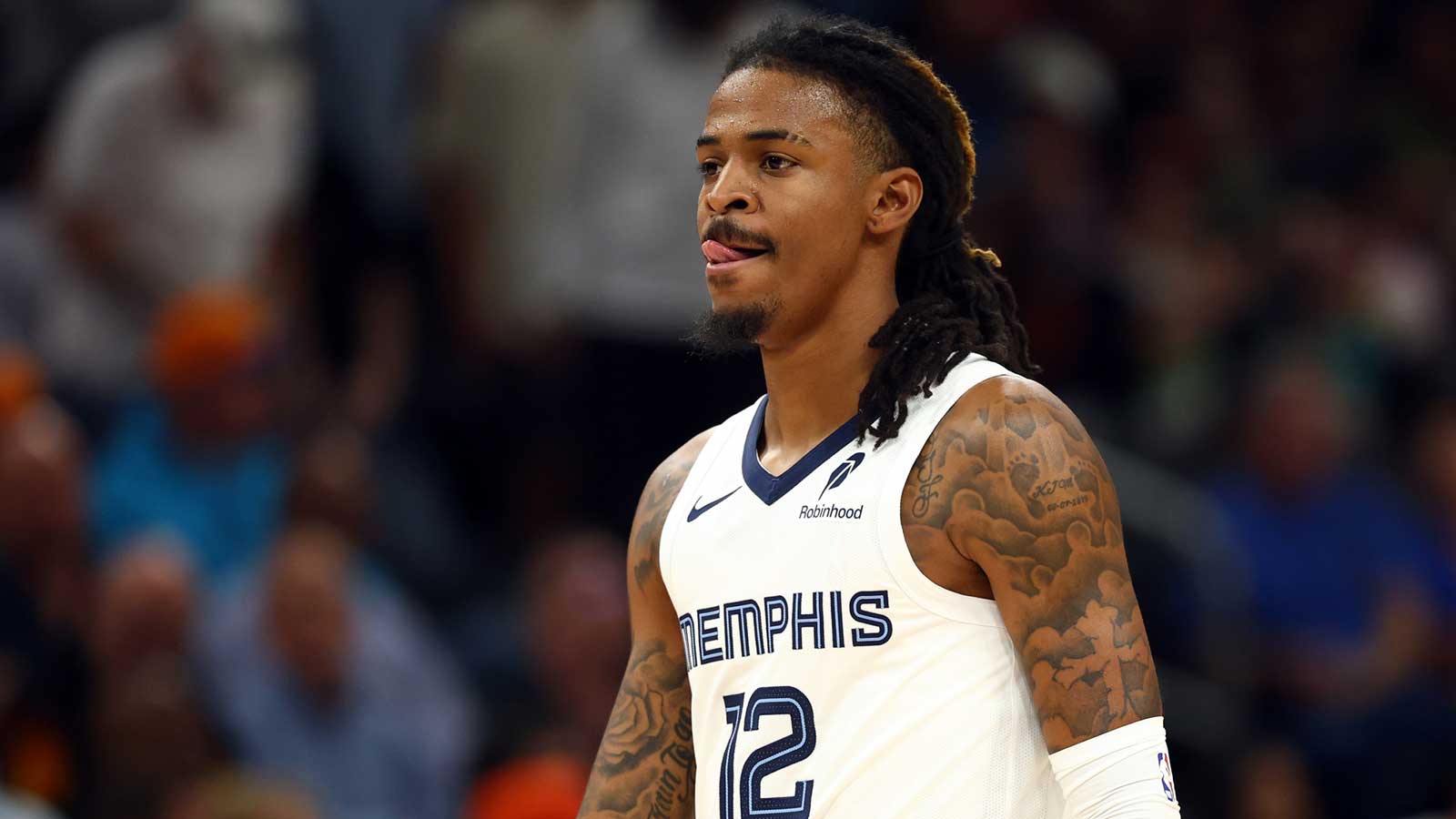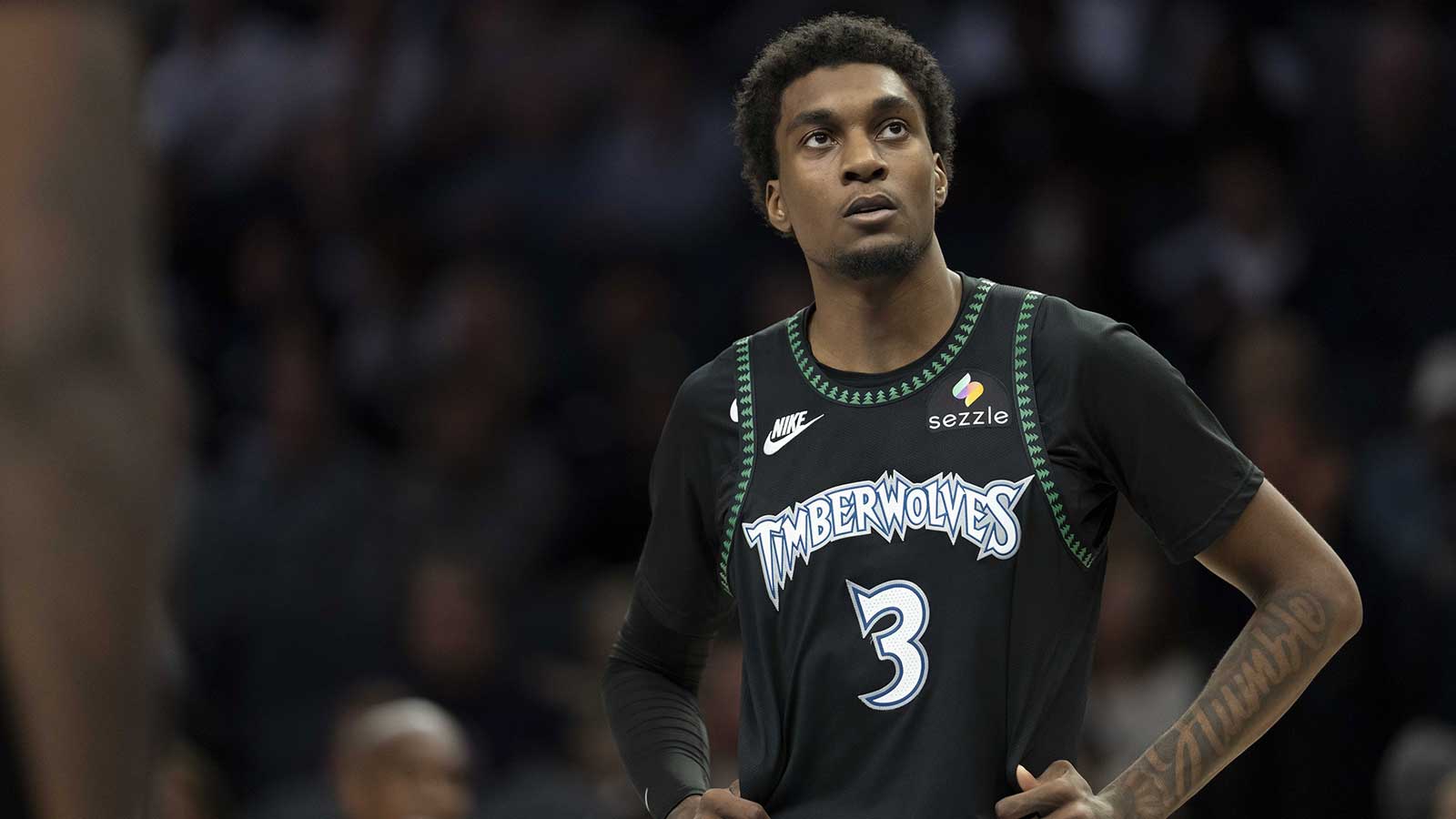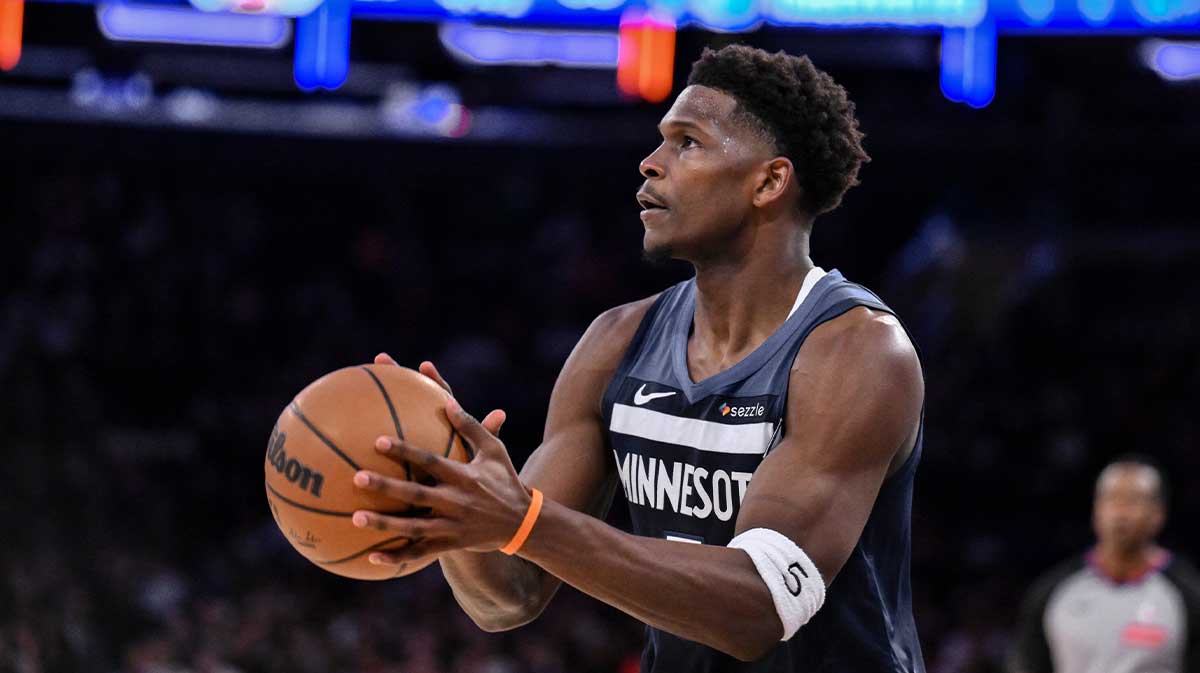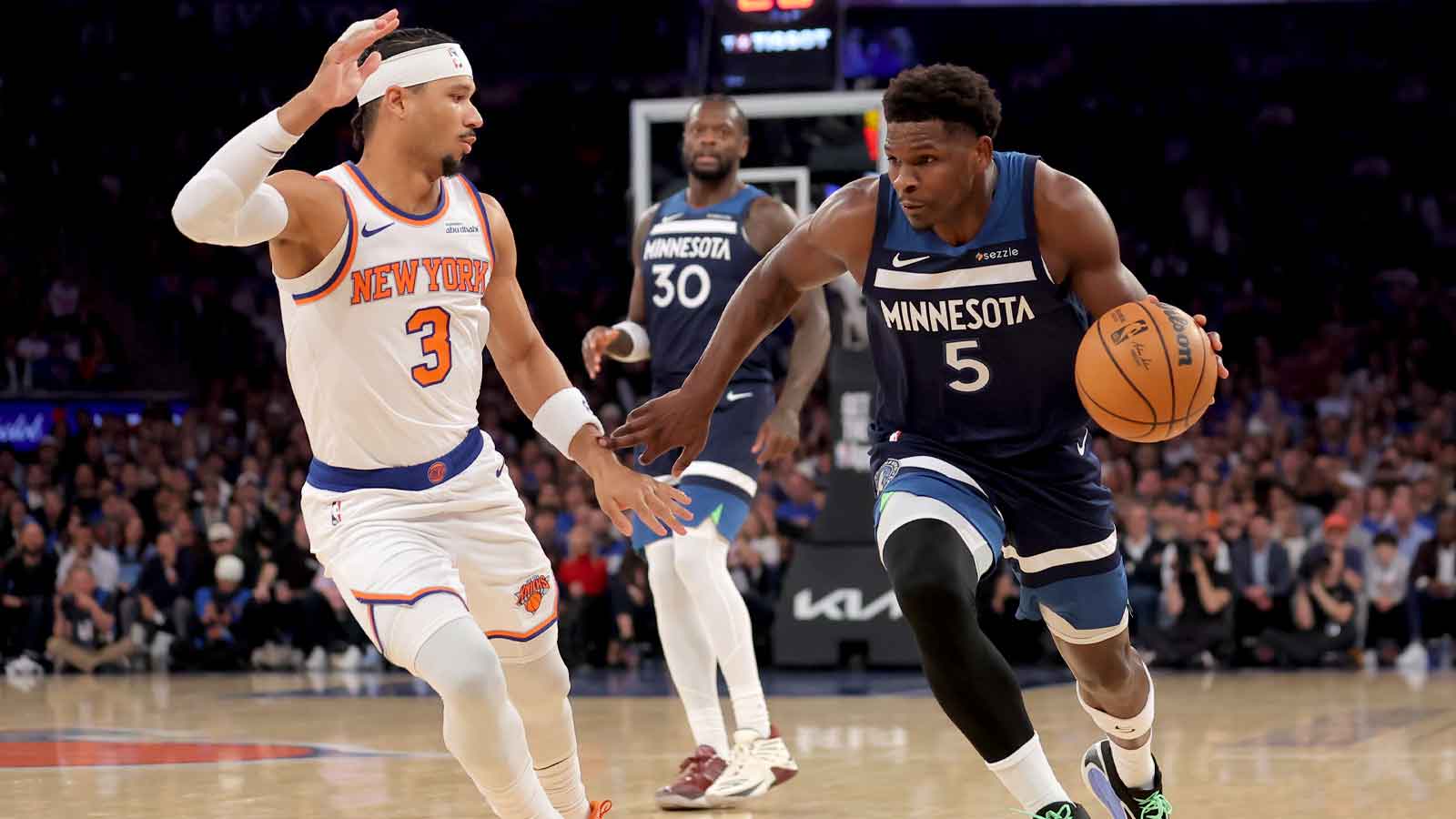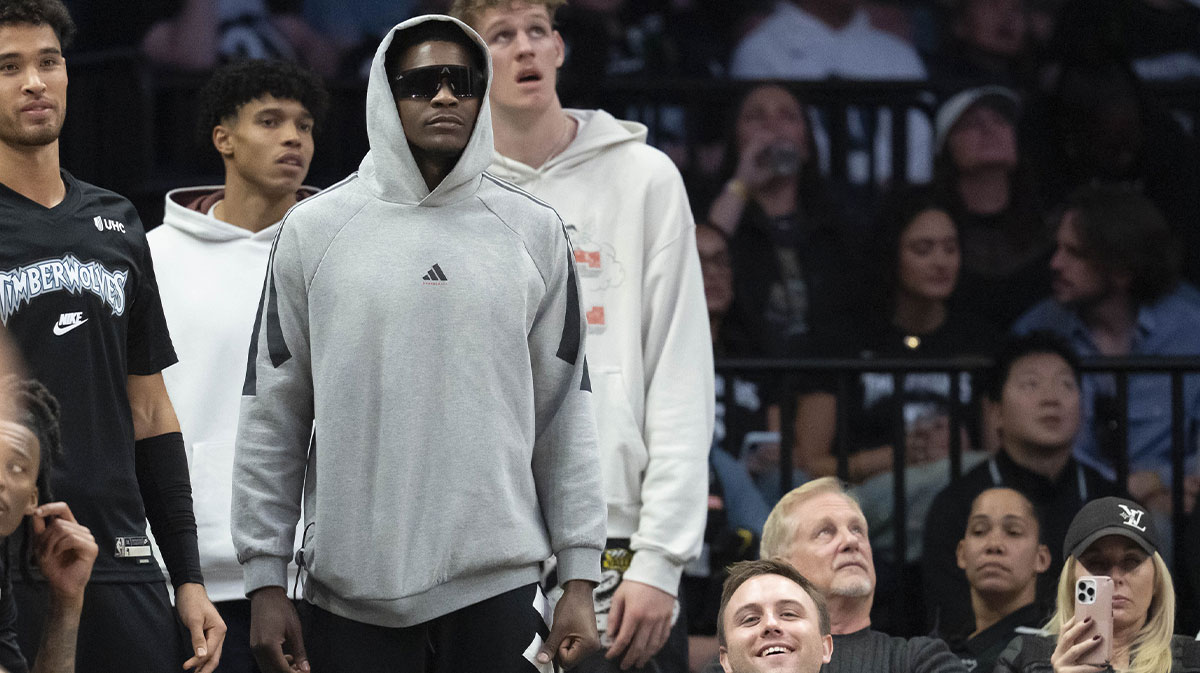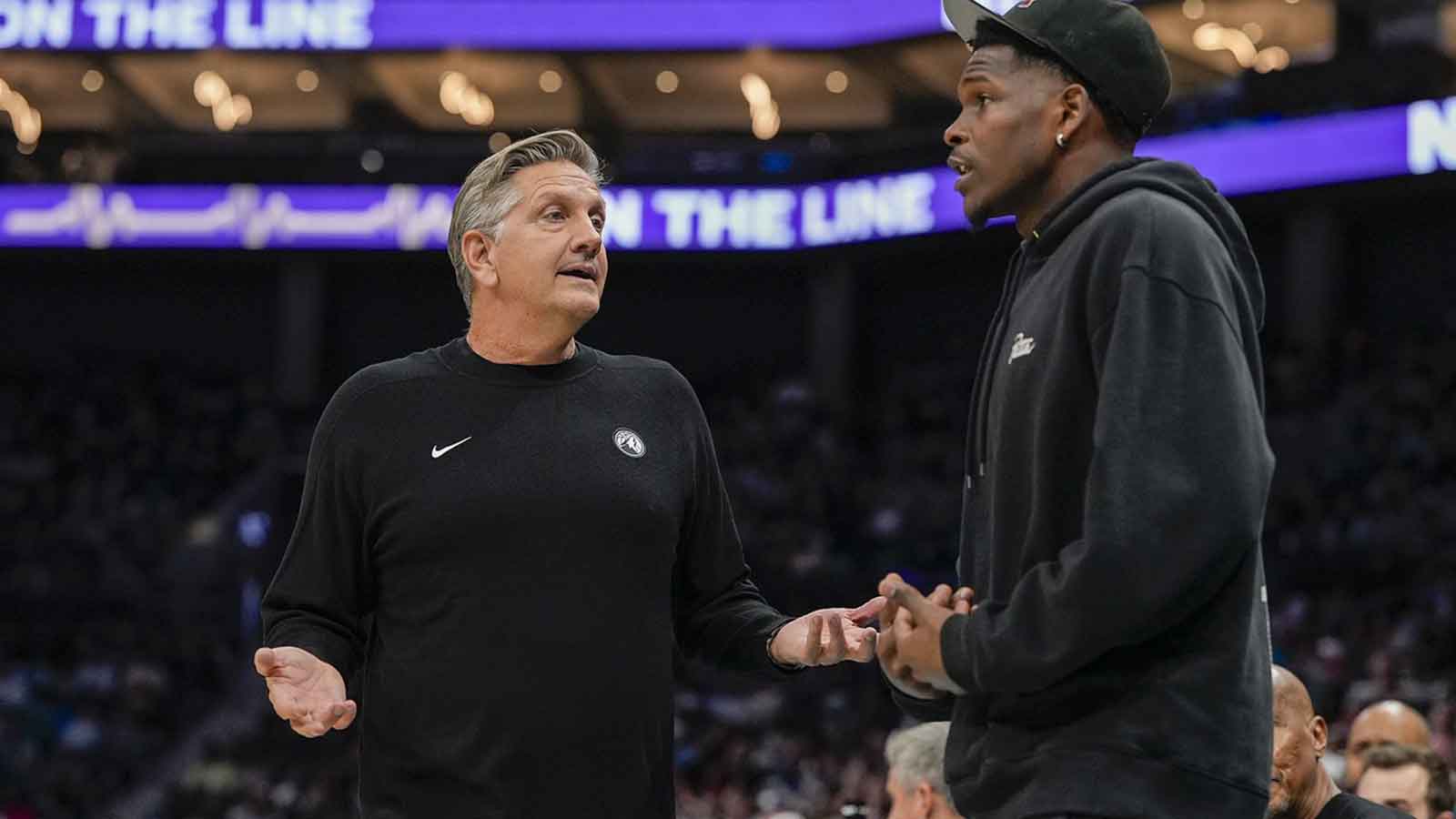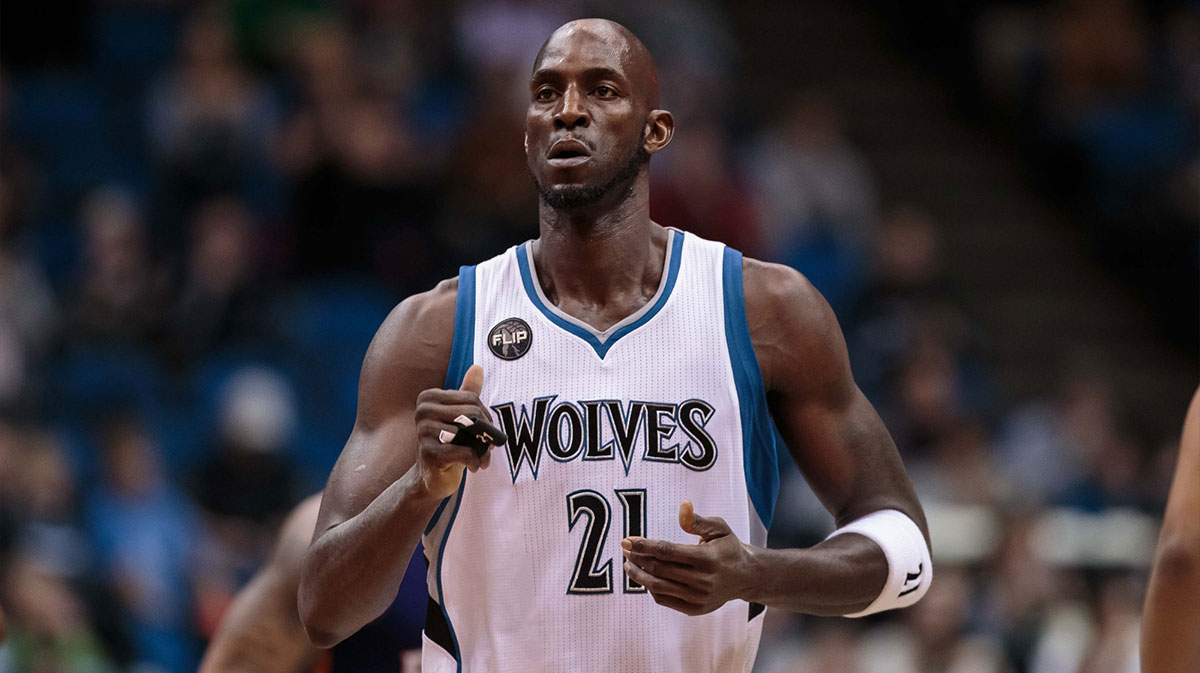The Minnesota Timberwolves enter the 2025-26 NBA season with a familiar feeling: the weight of expectation mixed with the memory of heartbreak. For two straight years, Anthony Edwards and the Wolves have climbed to the Western Conference Finals, only to see their dream of reaching the NBA Finals slip away in the final moments. Each time, they’ve come closer, more complete, and more convinced that they belong among the elite.
This season, however, feels different, not because of a blockbuster trade or a seismic shift in personnel, but because the Wolves’ core, their heartbeat, is evolving. Edwards is not just an All-Star anymore; he’s playing like a superstar capable of defining an era. Rudy Gobert and Julius Randle remain pillars anchoring both ends of the floor, but the real intrigue lies in the growth of Minnesota’s young trio: Rob Dillingham, Terrence Shannon Jr., and Joan Beringer. Their emergence could be the missing ingredient that turns Minnesota from a near-miss contender into a Finals-bound powerhouse.
The hottest prediction is that the Timberwolves will finally cross the Western Conference hurdle in 2025-26 and reach the NBA Finals for the first time in franchise history.
Anthony Edwards' ascent to superstardom and Wolves' championship identity
Every great team’s journey to contention has a moment of transformation, when the best player not only leads but elevates everything around him. For Minnesota, that transformation is complete. Edwards has gone from a rising star to the face of the franchise, from highlight-reel dunks to carrying the Timberwolves on his back deep into May.
The 2024-25 campaign saw him average career highs across the board while establishing himself as one of the league’s toughest two-way guards. His leadership, maturity, and confidence have made him more than just the Wolves’ best player; he’s become their cultural backbone.
There’s no longer any doubt: Edwards is a franchise cornerstone cut from the same cloth as Kobe Bryant and Dwyane Wade, with the charisma to make Minnesota basketball matter again.
Yet, what truly makes the Wolves dangerous heading into 2025-26 isn’t just their stars, it’s the evolution of their next wave of contributors.
Rob Dillingham with a pair of crafty buckets 😯
He scored 27 points and dished out 9 assists in the @Timberwolves preseason victory tonight! pic.twitter.com/bXjQn5ebo0
— NBA (@NBA) October 14, 2025
The Timberwolves’ front office understands that sustained success requires internal growth. That’s why they bet heavily on youth, sending a future unprotected first-round pick to San Antonio to acquire Rob Dillingham, a move signaling belief in his long-term potential.
If Dillingham can give them consistent 15-20 minutes of production, the Wolves’ offensive depth immediately becomes more dynamic.
Terrence Shannon Jr. is another name to circle. His explosiveness and aggression were evident in his limited regular-season minutes last year, and his Summer League dominance turned heads across the league. He’s athletic, fearless, and tailor-made for Minnesota’s switch-heavy defense.
Then there’s Joan Beringer, the Summer League revelation who blocked 10 shots in his debut. His timing, length, and anticipation suggest he could become a legitimate rotation player behind Rudy Gobert, a luxury Minnesota hasn’t had in years. Beringer doesn’t need to be flashy; if he can provide rim protection and energy in spot minutes, he extends the Wolves’ defensive identity across all 48 minutes.
Together, Dillingham, Shannon, and Beringer represent something Minnesota hasn’t had in a while: young, hungry contributors who can elevate the team without taking away from its stars.
Why 2025-26 feels different: experience, depth, and purpose
The Timberwolves’ past two seasons have been lessons in growth and pain. In 2024, they were too inexperienced to handle the pressure of the Western Conference Finals. In 2025, they were one adjustment short, losing to a more seasoned team despite holding stretches of control in the series. But those heartbreaks have forged resolve.
Experience matters in the playoffs, and Minnesota now has it in abundance. Edwards, Julius Randle, Gobert, and Jaden McDaniels have logged over 30 postseason games together. They know how to handle adversity, how to adjust mid-series, and how to respond to elite opponents. That maturity is what separates contenders from champions.
Anthony Edwards is giving off a very specific player’s vibes with his practice fit this offseason… 👀
(📸: @Timberwolves) pic.twitter.com/JlmwIciyzT
— Whistle (@WhistleSports) October 13, 2025
On paper, the Wolves still don’t have the offensive firepower of Denver or the overall star depth of Oklahoma City. But their continuity, chemistry, and defensive structure make them a nightmare matchup for anyone.
Their length, versatility, and rim protection allow them to control tempo, and with Edwards’ continued rise, their crunch-time offense has a go-to option who thrives under pressure.
Minnesota’s bold prediction isn’t a dream anymore; it’s a natural progression. This team has tasted disappointment, learned from it, and built the depth to ensure it doesn’t happen again. With Dillingham improving, Shannon providing athleticism off the bench, and Beringer fortifying the defense, the Wolves have every ingredient to finally break through.
Expect them to be a top-three seed, but this time, the regular season won’t be their focus. Every rotation, every adjustment, every minute will be about preparation, for the one thing that’s eluded them for two years: the NBA Finals.
The year Minnesota breaks through
It’s been 20 years since the Timberwolves last stood this close to greatness. Kevin Garnett carried them to the Conference Finals in 2004, but it took the rise of Anthony Edwards to bring them back to that level of belief.
Now, in 2025-26, the Wolves have their most complete roster yet: a mix of veterans, defensive anchors, and ascending young talent. Edwards' leadership burns brighter than ever, and the collective hunger of this group makes them one of the most dangerous teams in the league.
This is the year the Timberwolves cross the Western Conference Finals hurdle. Their time has come.

